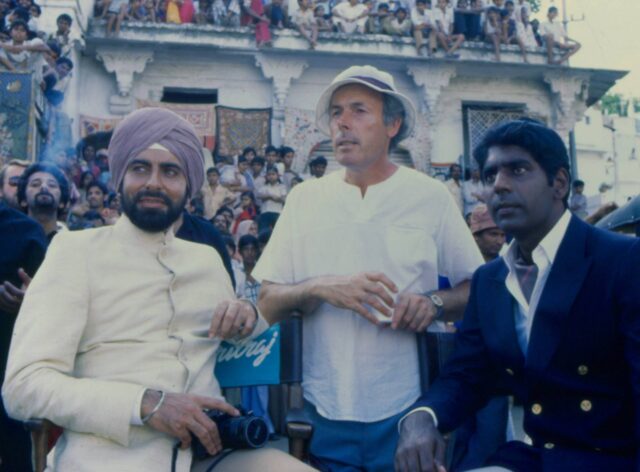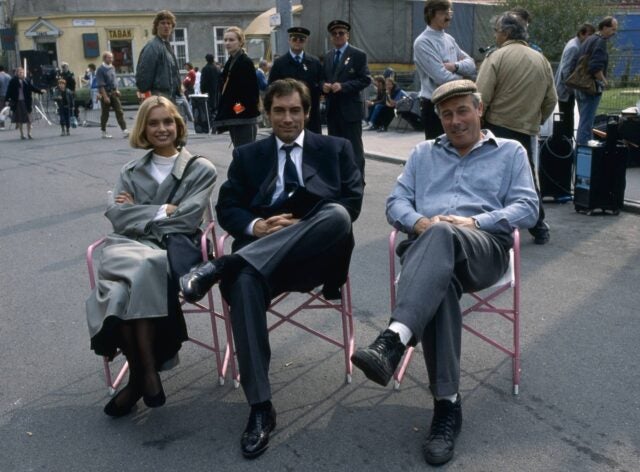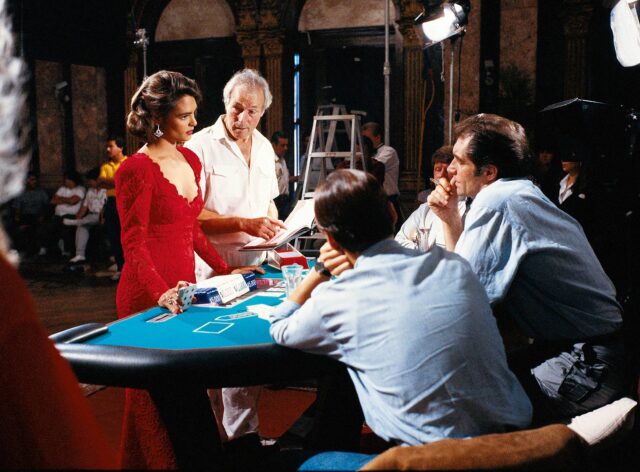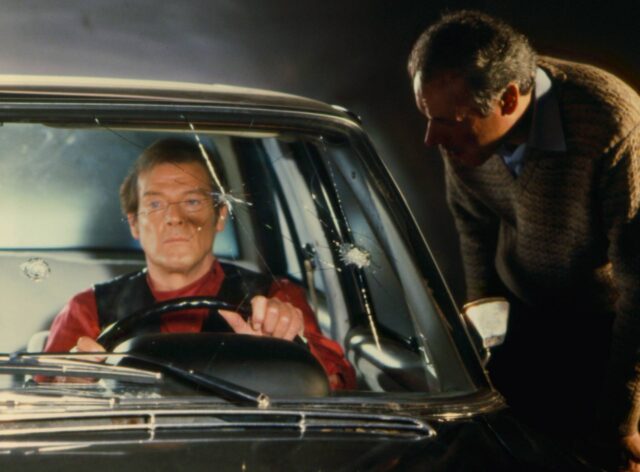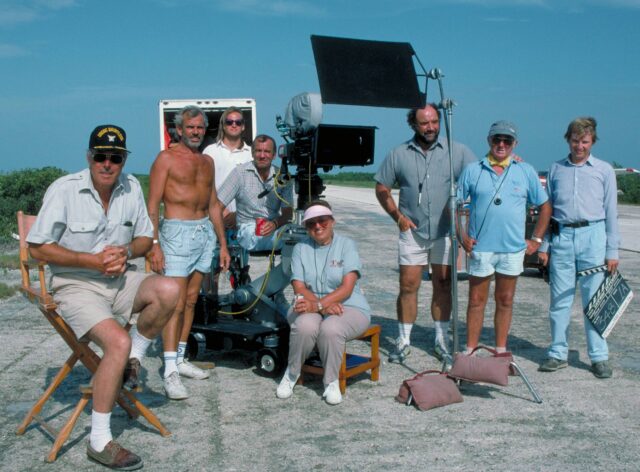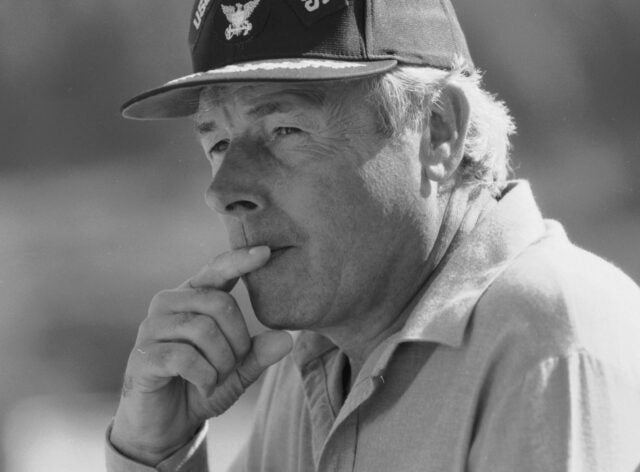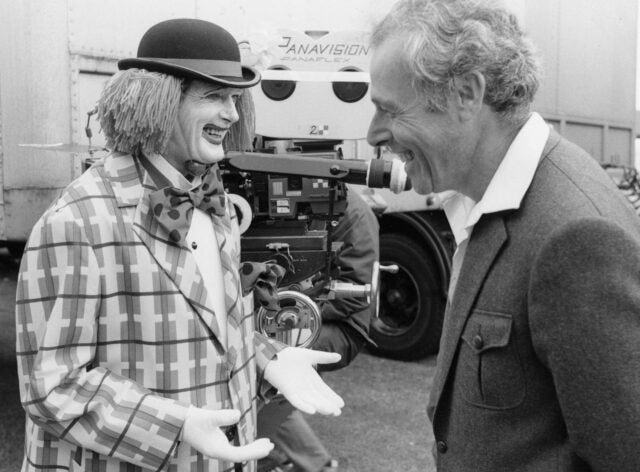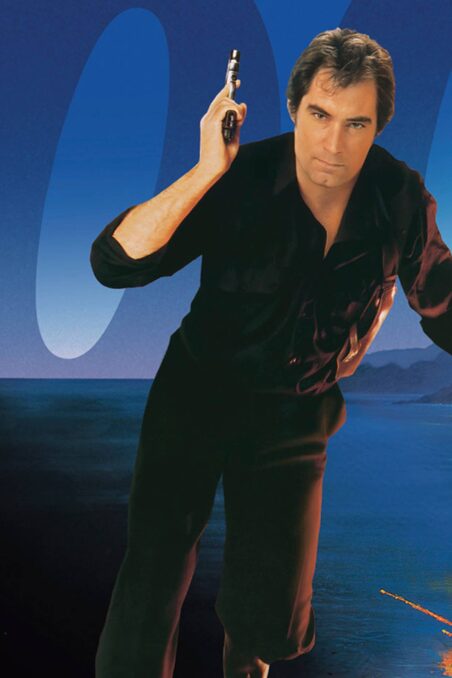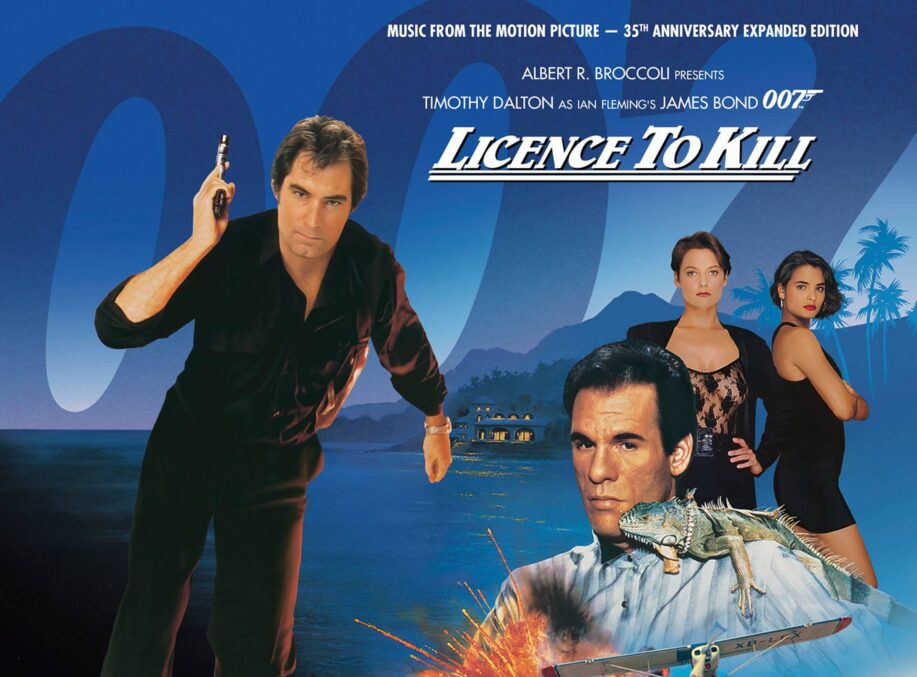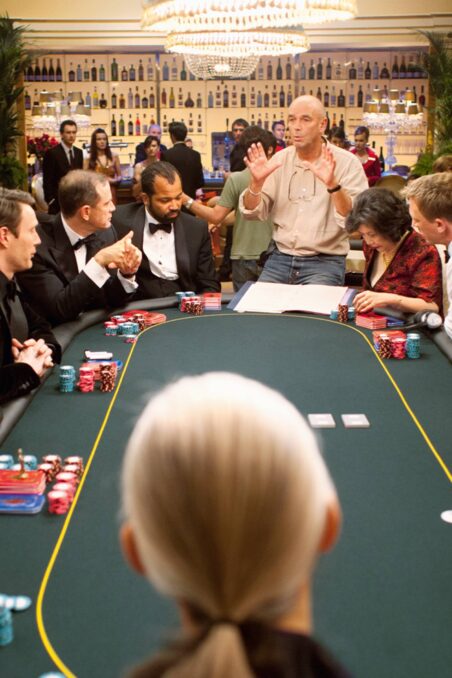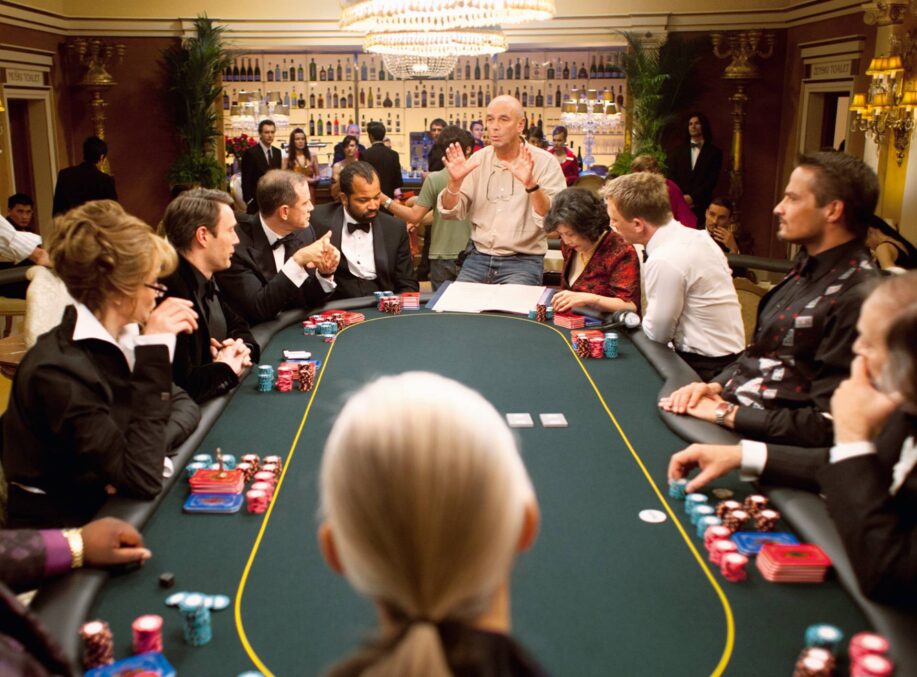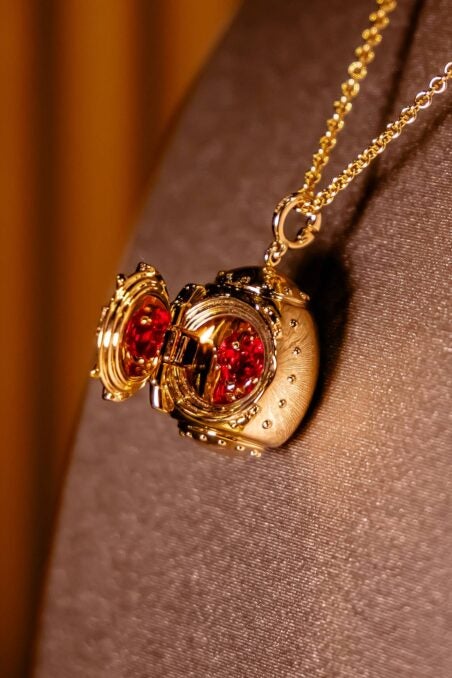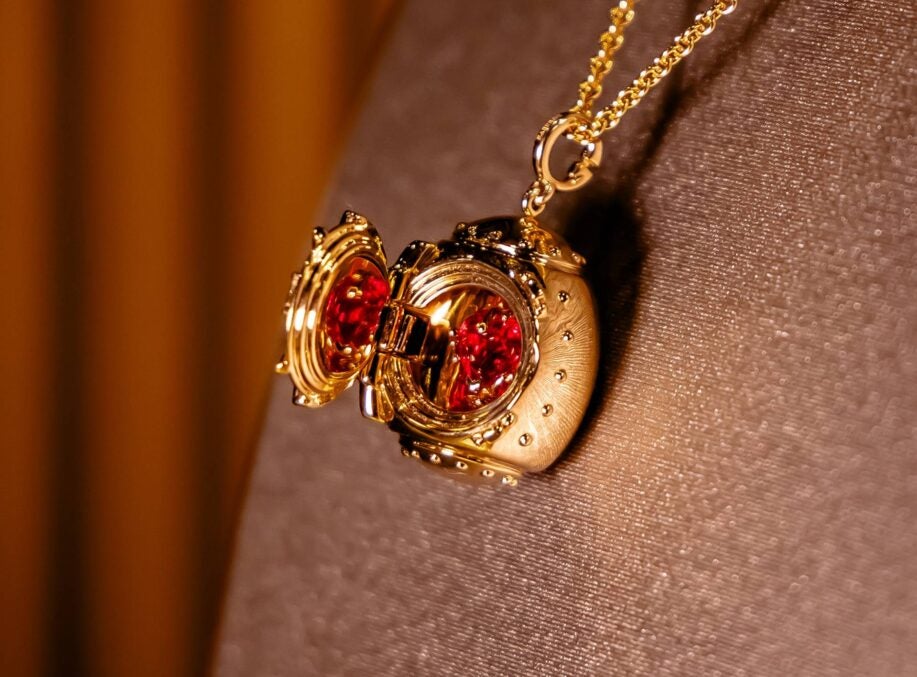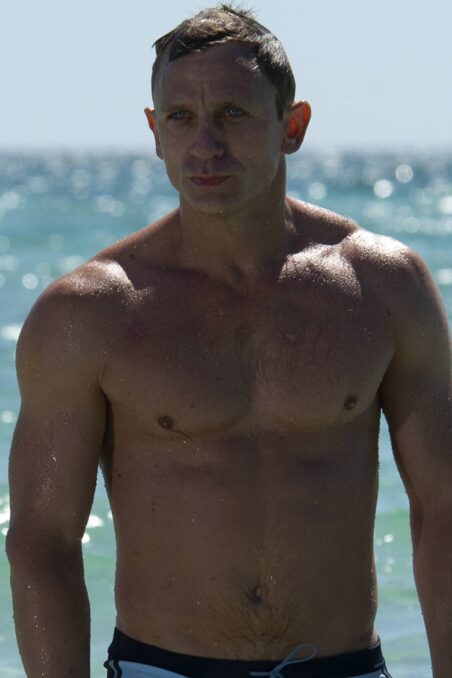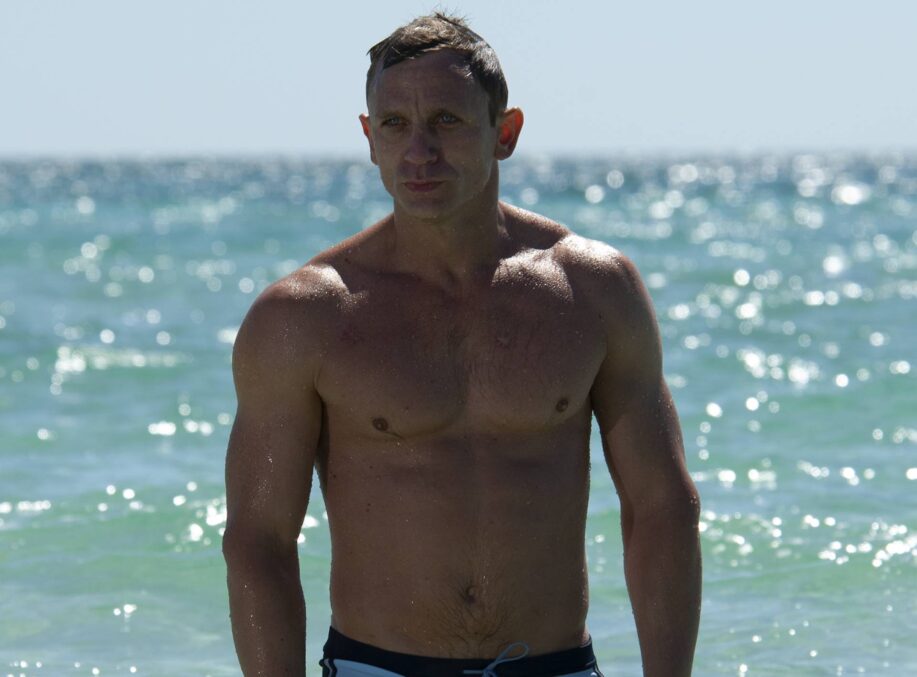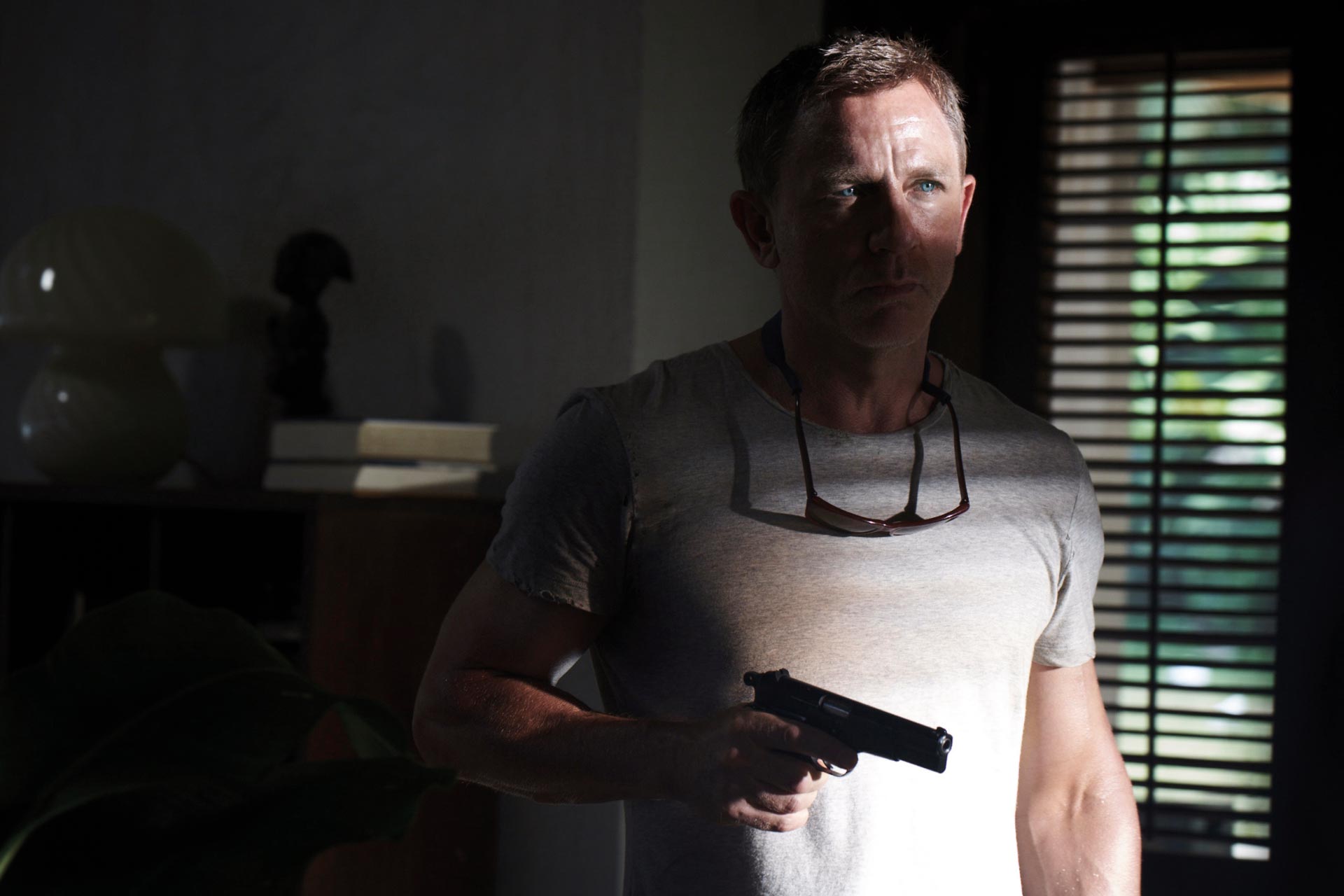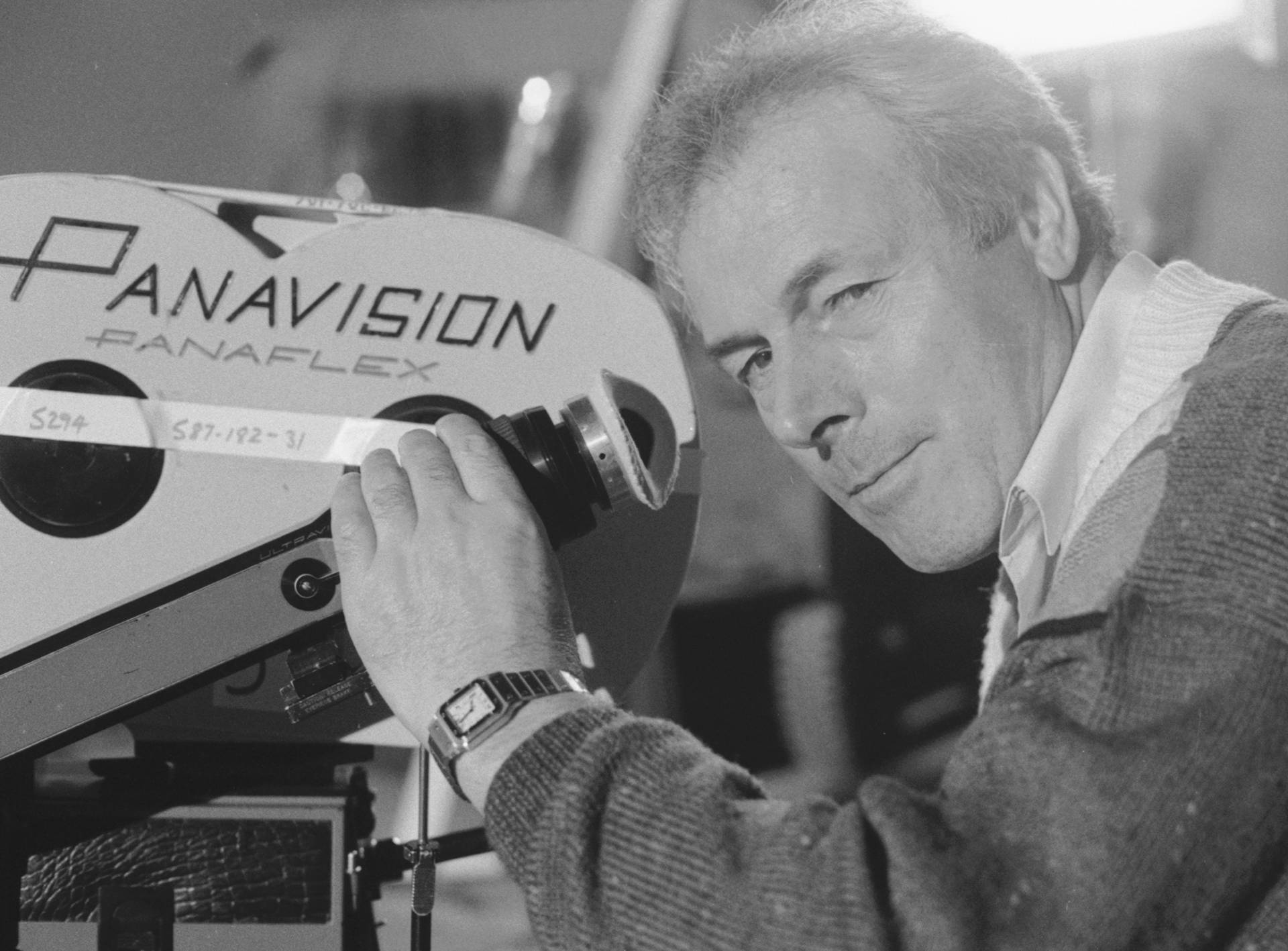

In conversation with Director John Glen, Part 2
What does it take to direct five 007 films?
In part two of our interview with filmmaker John Glen, we hear more on how he directed a record five 007 films, with four different James Bonds, across three decades including two jumps from the Eiffel Tower and how he even ‘burned down’ City Hall.
How did you prepare to direct 007?
It was a surprise to everyone in the business when I was appointed director. Lewis Gilbert said, “Well Johnny, if you arrive on the floor on a Monday morning and you don’t know what you’re doing, get the actors on and before they ask you a question just shout out “Action!” and actors being actors will always do something”!
How was it working with Roger?
We gave Roger’s 007 a harder edge but we kept the humour and the light touch that Roger was famous for and used his assets to our advantage. When we did the second film Octopussy, we went further. I remember his famous eyebrows rising after telling him what we were going to do. ‘We are going to dress you up in a gorilla outfit’. His eyebrows really went up. Then when I said ‘you have to put on a clown’s outfit’. Higher again. He really couldn’t believe what I was doing. However, it worked really well and the circus was a great background to act against. We had such fun shooting it.
There are other great moments in Octopussy. The TukTuk chase is a very different chase.
Yes, it’s the converse humour. On Octopussy, we were fortunate that Vijay Amritraj, a world tennis star, knew Cubby. Michael and I incorporated him into the script. When we came to shoot the scenes with Vijay it became part of the chase sequence and he batted the villains off with his tennis racquet. If you look closely even the chap who was controlling the traffic was in an umpire’s chair, looking left and right.
Next you worked on Roger’s last outing as 007
With A View To A Kill we had a wonderful location in San Francisco. The mayor, Mayor Feinstein, gave us wonderful cooperation. We told her the outline that we wanted to set alight to City Hall and she didn’t raise an eyelid. She asked how much money we were going to spend and when we said about $5 million she explained ‘you can do what you like, you can burn down City Hall if you want’. Fortunately she had great faith in their fire chief whom we worked closely with.
There is also an iconic start to A View To A Kill as well at the Eiffel Tower.
Yes, the jump from the Eiffel Tower. BJ Worth did a great job with that stunt. There was lots of planning behind a stunt like that. I remember I went on the stage of Pinewood one day and there was this diving board that BJ Worth erected on this stage. I went on and I asked ‘What’s that diving board for?’ BJ said ‘Oh, I’m going to put that on top of the Eiffel Tower.’ I said, no you’re not. He explained then that he’d have to be able to jump far enough to clear the Tower. The shape of the tower means that you have to clear about 20 feet of superstructure before you can go into freefall. We were very careful and we had a lot of trouble getting permission to do it. So I said, ‘Well, you can’t have the diving board that long. It’s gonna have to be shortened’ His safety is paramount but at the same time you don’t want to disfigure the Eiffel Tower, with a big diving board sitting out the side which might’ve been seen on camera. The scene looked great on camera though and everyone was safe.
You then had to search again for a new Bond?
We all loved Roger but it was pretty obvious to all concerned, including Roger, that we were going to have to replace him. We knew A View To A Kill would be his last movie. There’s no secret about it as there’s a limit and we knew more casting was round the corner.
You went from Roger to Pierce only to then find Timothy…
I tested Pierce Brosnan for the role. Pierce had been involved in a series in America, which was very successful, called Remington Steele. He’s a lovely man, we’d met him before when we were filming For Your Eyes Only in Corfu because he was married to one of the actresses, Cassie Harris. Pierce was a very popular choice for us and we loved the tests he did. Then suddenly, the TV company heard that he was going to be James Bond but they had a clause in the contract which prevented him from doing both. That’s when we chose Timothy Dalton. We had talked about Timothy previously as he’d been a fantastic, successful Shakespearean actor. His big hit was Lion in Winter which was huge. I think that he had been approached shortly after that to play Bond but turned it down, however when we went back to him he was more amenable and we set to work quickly.
So when it came to The Living Daylights I believe you came up with the Cello case and asked Cubby to sit in the case and test it. Is that true?
While we were writing the script in Hollywood, we were in the MGM Studios in Culver City, and we came up with this idea. I pitched the idea to Cubby, who said ‘Oh, it’s not possible’. So I rang the music stage at MGM and sure enough, there was an orchestra there and they had several cellos there. So we all trooped over to the music stage. They stopped what they were doing while we sat in the case. I sat in one side of the cello case, and Cubby sat in the other side. I proved that it was possible to do and Cubby bought into the idea and it worked very well.
There are obviously some iconic cars in your time on the Bond films – from the Citroen 2CV through to the Aston Martin V8 – and some iconic moments. What prompted Aston Martin to return in The Living Daylights?
Well, we always had a hankering to bring Aston Martin back as it is James Bond’s car. We did the opposite for a while with Roger. We got a Citroen 2CV for humour and that worked very well. You can go across ploughed fields and all sorts in it and it’s got very good suspension. We varied it after that and went to Lotus. For Timothy’s time as James Bond, we felt that Aston Martin was appropriate. We used it in a more modern way than Goldfinger as the car had gadgets, bulletproof glass and number plates revolving.
You used a lot of animals in your films. What was the inspiration behind that?
Well, I’m an animal lover. When I was working on the TV series Danger Man every time there was an animal involved the director knew it would take time, so it was always left to the second unit director, in that case it was me. I found very early on that you have to be quite ingenious and take time and care and you have to have a plan about what you need on film. I remember on Danger Man there was a scene where a parcel is delivered. This guy starts to unwrap a parcel bomb. The string on the parcel is dangling down and suddenly a cat plays with it and pulls the parcel bomb off the table. It was all filmed and producer Sidney Cohen said to me, ‘That’s all well and good but we can’t have a cat looking like it is being blown up! You’ve got to show the cat escaping.’ So I went back the next day and we brought the cat back in. The cat jumped through the window where its handler was waiting outside to catch it. Perfect, I thought. Then when I came to look at the rushes, I saw the cat had come out the window the wrong way around and had turned in mid-flight. So that taught me a lesson in how to deal with animals. Do it quickly and check it over. They only do one take. They’re not going to do take two, three, four and so on. You have to be ready and have everything in place. In On Her Majesty’s Secret Service we had a dog and George Lazenby had to interact with it and get his lines in. The sunlight was fading. George did it perfectly and it worked well. Alfred Hitchcock always used to do a personal appearance on his films. I always used to use my little signature which was a pigeon. When someone asks me why I used a pigeon I always said ‘well they are available anywhere in the world and they’re cheap. They all look alike!’
Do you have a favourite location from your years filming 007?
There are so many great locations, Chantilly in France was one of my favourites. The horse racing scenes we captured in France. We had some good times filming there and in the forests. That was nice. San Francisco is another great location. We had wonderful cooperation and we filmed on the wonderful Golden Gate Bridge. I mean, not many people realise it but there is an elevator that goes up on the main supports and the bridge on one end. That’s where the painters go up. You know, it just takes two people and a can of paint. It’s not much wider. It never occurred to me then of course the painters have to get up there somehow. So then we took a couple of stuntmen up and then we did a bit of a sequence for real on the bridge. I mean, the tube looks about six inches wide when you see it in the ground, but in fact it’s six feet in diameter. We did some very daring work and then we did the rest in the studio. It was a very clever sequence as to how we pieced it together between all the different teams – miniatures, sets, stunts and so on. It is great as the climax of Roger’s time as 007.
For Licence to Kill you filmed the majority away from Pinewood. How was that?
Pinewood is the ancestral home of the James Bond series. We had a lot of pressure from the studio to reduce costs. We were still pretty competitive, especially when you compare what they spend today, the budget was big, around $32 million which was a huge amount of money. So the only way we could make the same quality film was to go to Mexico. We went to Churubusco Studios in Mexico City. The studio was in complete disrepair when we got there. In fact, when the first explosions went off for a scene, we saw half the roof panels came down like autumn leaves. Peter Lamont did a fantastic job on patching up the place and it turned out a successful shoot. The Mexican film industry have very good crews as well as great construction people who work very hard. On top of that, they have great locations and we found great local actors too.
Obviously, the tanker chase in Licence To Kill stands out as being unique – even for 007 – So how was that to piece together?
It’s all action, largely second unit and lasts for about 20 minutes. We filmed with the actors, the close shots and so forth, and with Arthur Wooster, my second unit director. They shot amazingly dangerous stuff with about 12 tankers. Fortunately the company that made the tankers had a factory just inside the Mexican border from the US and they did a wonderful job for us patching all these tankers up from Kenworth Trucks. At the end of filming, I think there was only one that was still running! The rest had all been wrecked in one way or another. I used stunt drivers like Remy Julienne, he and his team did incredible stunts with the trucks. They had to engineer them for certain shots, sometimes put weights on them to prepare them. The best stunt I think I’ve ever done was the one where they brought a guy in from Paris who specialised in doing a 10-wheel wheelie with a tanker. It takes a bit of doing and we didn’t really think it would be possible but this guy arrived and performed the stunt on take one. Unbelievable. Not only did he do the wheelie but he landed it perfectly and crashed the truck on top of one of the other vehicles. It was just the perfect stunt.
Timothy’s films are closer to the source material in the books. Is that what you were aiming for?
Absolutely. I mean, that was a conscious decision from the producers and myself. We would make use of Timothy’s abilities as a very good actor. We made License To Kill a very hard edged film dealing with the drug trade. It’s a very hard business and to soften it to make it more acceptable in order to get the right certificate would have been quite wrong. We took a chance and we paid a little bit at the box office but I think subsequently people feel it’s one of the better Bond films. I honestly feel it is my best film.
